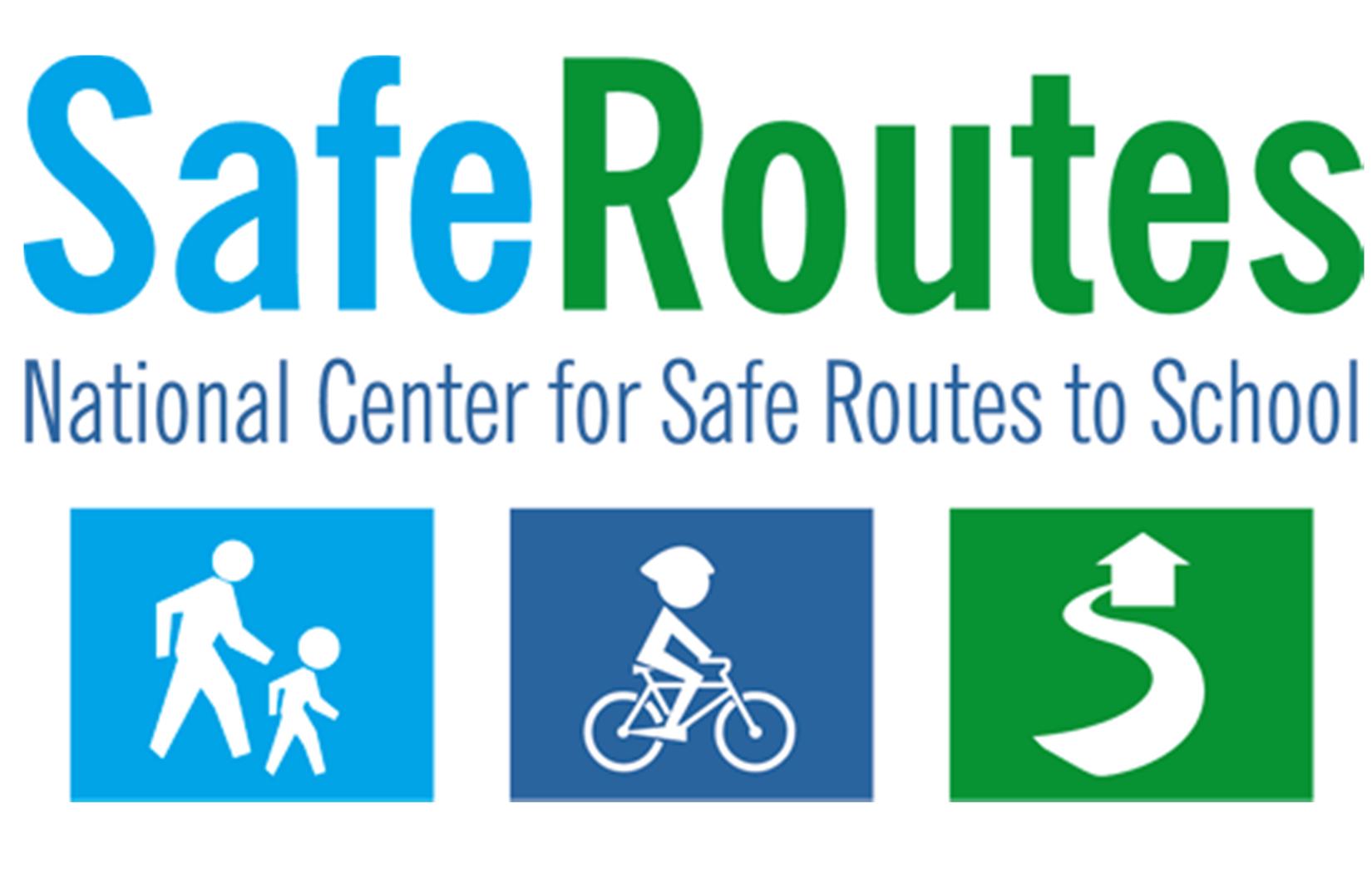Unlocking Opportunities: A Comprehensive Guide to FSA Student Loans for Higher Education
Guide or Summary:FSA Student Loans are federal loans designed to help students pay for their education. These loans typically come with lower interest rates……
Guide or Summary:
#### Introduction to FSA Student Loans
In the realm of higher education financing, FSA Student Loans play a pivotal role in helping students achieve their academic dreams. The Federal Student Aid (FSA) program, administered by the U.S. Department of Education, provides various loan options to assist students in covering the costs of tuition, fees, and other educational expenses. Understanding how these loans work is essential for students and their families as they navigate the financial landscape of college.
#### What are FSA Student Loans?
FSA Student Loans are federal loans designed to help students pay for their education. These loans typically come with lower interest rates and more flexible repayment options compared to private loans. The FSA offers several types of loans, including Direct Subsidized Loans, Direct Unsubsidized Loans, and Direct PLUS Loans. Each of these loans has specific eligibility criteria and benefits that cater to different student needs.
#### Types of FSA Student Loans
1. **Direct Subsidized Loans**: These loans are available to undergraduate students with demonstrated financial need. The government pays the interest while the student is in school, during the grace period, and during deferment periods.

2. **Direct Unsubsidized Loans**: Unlike subsidized loans, these are available to both undergraduate and graduate students, regardless of financial need. Interest accrues while the student is in school, and they are responsible for paying it.
3. **Direct PLUS Loans**: These loans are available for graduate or professional students, as well as parents of dependent undergraduate students. They require a credit check, and borrowers can access higher loan amounts to cover educational costs.
#### Benefits of FSA Student Loans
One of the significant advantages of FSA Student Loans is the favorable interest rates. Federal loans typically have fixed interest rates, which provide stability in repayment. Additionally, these loans offer various repayment plans, including income-driven repayment options that adjust monthly payments based on the borrower’s income.
Moreover, federal loans come with borrower protections such as deferment, forbearance, and loan forgiveness programs. For instance, Public Service Loan Forgiveness (PSLF) allows borrowers working in qualifying public service jobs to have their loans forgiven after making 120 qualifying payments.

#### How to Apply for FSA Student Loans
Applying for FSA Student Loans begins with completing the Free Application for Federal Student Aid (FAFSA). This form collects financial information to determine eligibility for federal financial aid. Once the FAFSA is processed, students will receive a Student Aid Report (SAR) detailing their eligibility for various loans and grants.
After receiving the SAR, students can accept the loans offered to them through their school’s financial aid office. It’s crucial to understand the terms and conditions of the loans before accepting them.
#### Repaying FSA Student Loans
Repayment of FSA Student Loans typically begins six months after graduation, leaving school, or dropping below half-time enrollment. Borrowers should familiarize themselves with their repayment options, including standard, graduated, and income-driven repayment plans. Staying informed about the repayment process can help prevent default and ensure a smooth transition into repayment.

#### Conclusion
In conclusion, FSA Student Loans are a vital resource for students seeking higher education. With various loan types, favorable terms, and borrower protections, they provide essential support for millions of students across the United States. By understanding the nuances of these loans, students can make informed decisions about their education financing and pave the way for a successful future. Whether you’re a first-time borrower or looking to refinance existing loans, FSA Student Loans can unlock opportunities that lead to academic and professional success.